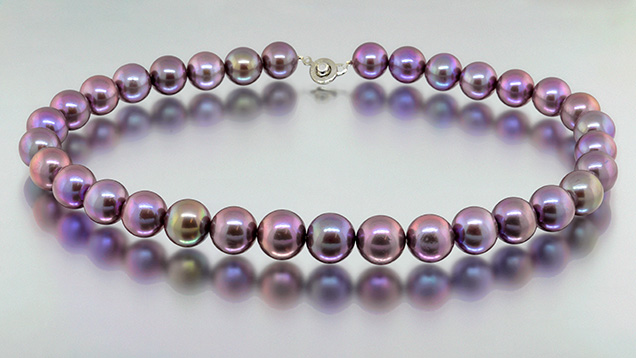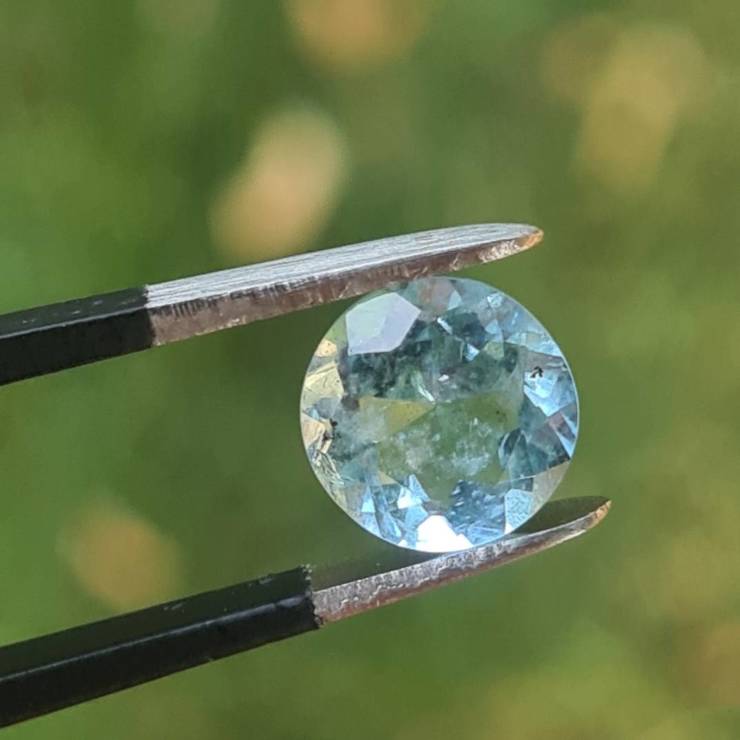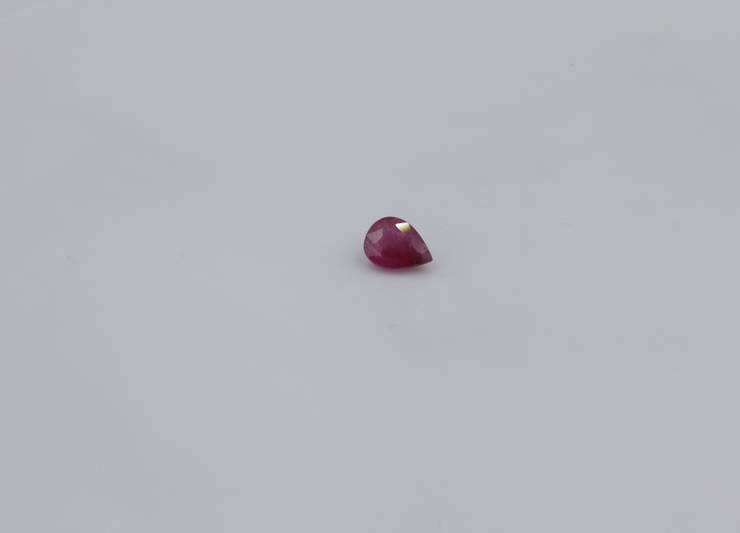Pearl
Perfectly shining balls. Shiny baroque forms. Seductive springs, warm to the touch. Pearls are simply and purely organic.
FACTS
Produced in the bodies of marine and freshwater molluscs naturally or cultivated by people with great care. Shiny, smooth, softly colored pearls are a fixture of jewelry, especially as strands.
Perhaps the most popular gems of all time, pearls – both natural and modern pearls – come in a wide range of colors. The best known colors are white and cream (light tan). Black, gray and silver are also quite common, but the pearl color palette extends to every shade. The main color or body color is often modified by other colors called undertones, which are usually pink (sometimes called rosé), green, purple, or blue. Some pearls also exhibit a rainbow phenomenon known as the Orient.
Cultured pearls are popular for bead necklaces and bracelets or are mounted in solitaires, pairs or clusters for use in earrings, rings and pendants. Larger pearls with unusual shapes are popular with creative jewelry designers.
The pearl – natural or cultivated – is the American stone for June, along with alexandrite and the moonstone.
NATURAL PEARLS VS. CULTIVATED PEARLS
Natural pearls
Natural pearls form in the bodies or mantle tissues of certain molluscs, usually around a microscopic irritant and always without human assistance of any kind.
Cultured pearls
The growth of cultured pearls requires human intervention and care. Today, most molluscs used in the cultivation process are grown specifically for this purpose, although some wild molluscs are still harvested and used.
To begin the process, an experienced technician removes the shell tissue from a sacrificial mollusk of the same species and inserts a shell ball together with a small piece of shell tissue into the host mollusk gonad or several pieces of shellless shell tissue into the host shellfish. coat. If a bead is used, the mantle tissue grows to form a pouch around it, eliminating the pearl inside and on the bead to eventually form a cultured pearl. If no bead is used, a pearl is formed around the individual implanted pieces of sheath tissue. Workers take care of the molluscs until the cultured pearls are collected.
SPECIES PERAL
There are four main types of cultured whole pearls:
Akoya Cultured pearls
Akoya cultured pearls are the most well-known type of marine cultured pearl for most people in the United States and other Western markets. Many customers think of jakyas as a classic pearl that is used to make jewelry, especially single-threaded necklaces. Japan and China produce jakya cultured pearls.
South Moravian cultured pearls
Australia, Indonesia and the Philippines are the main sources of these pearls grown in saltwater. Pearls grown in the South Sea can be white to silver or gold, depending on the type of oyster. Their large size and coarse pearl due to long periods of growth and their limited critical growth conditions are all factors that contribute to their value.
Tahitian cultured pearls
It is grown mainly around the islands of French Polynesia (the most famous of which is Tahiti). These cultured sea pearls, sometimes referred to as black pearls, have a wide variety of colors. They can be gray, black or brown and can be blue, green, purple or pink.
Freshwater cultured pearls
Freshwater cultured pearls are the most commonly produced pearls and are one of the most popular types of pearls among buyers and jewelry designers. This is due to their remarkable range of sizes, shapes and colors and their commercial availability at lower prices. They are usually grown in freshwater lakes and ponds, often with many pearls grown in one oyster. China is a leading source of freshwater cultured pearls.




